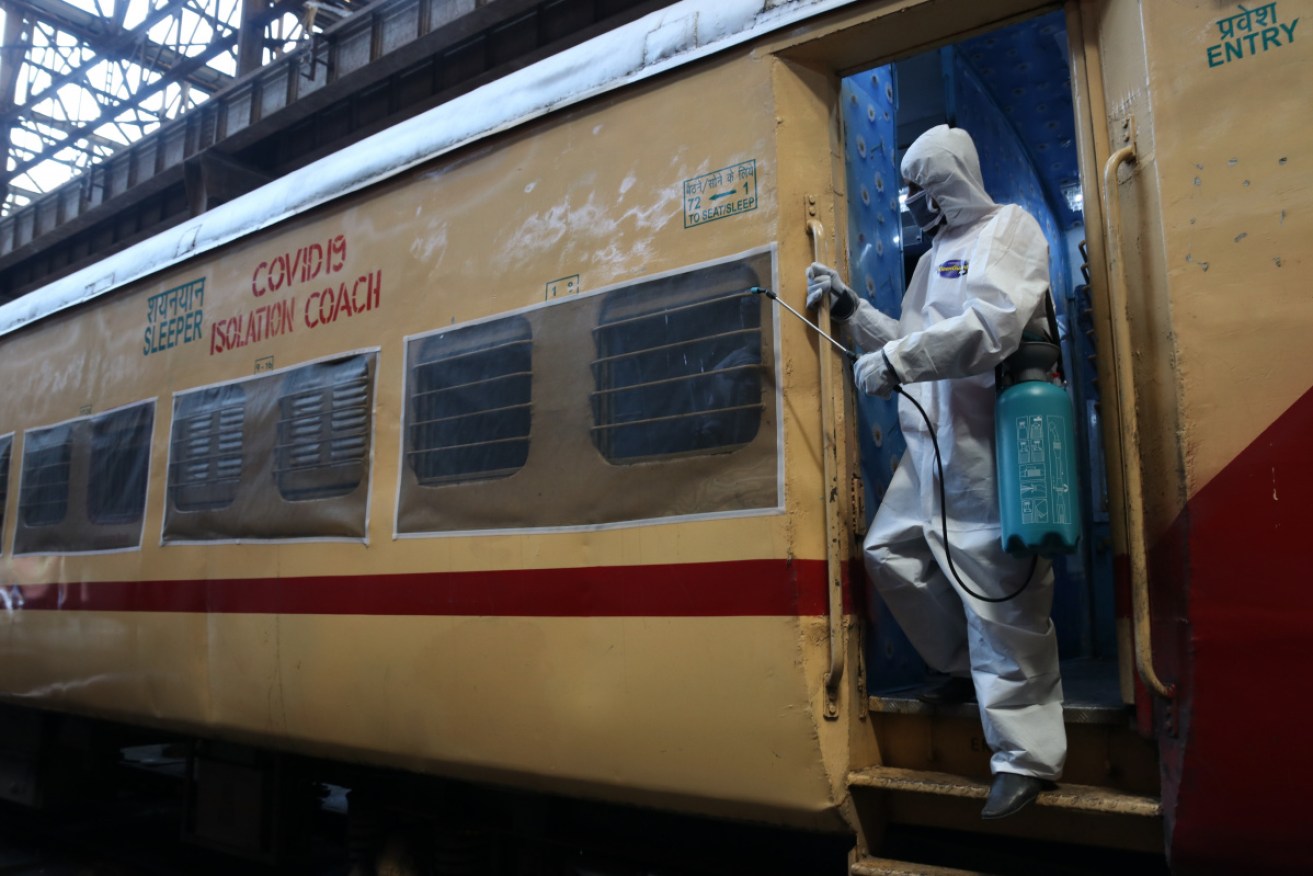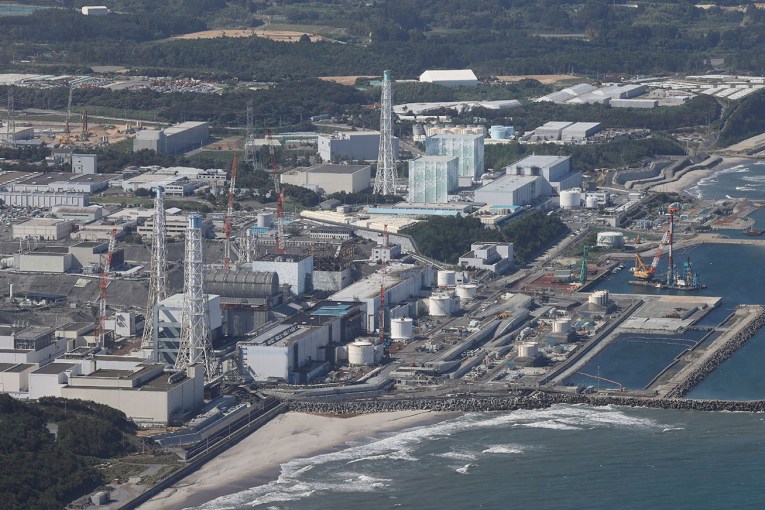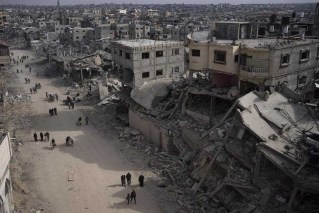India to convert 500 train carriages into pop-up coronavirus wards


More train carriages are being converted into isolation wards for COVID-19 patients in India. Photo: Getty
Hundreds of empty railway carriages will be converted into emergency coronavirus wards in India to cope with the nation’s soaring infection rate.
Already, up to 5000 train sleeper carriages have been transformed into isolation wards accommodating up to 80,000 beds.
But India’s healthcare system is struggling and its coronavirus infection rate is climbing quickly.
On Sunday, 11,000 new cases were recorded.
The south Asian powerhouse is now the fourth worst-hit nation behind the United States, Brazil and Russia.
It has more than 333,000 confirmed cases and a death toll exceeding 9500, according to data from Johns Hopkins University.
There simply aren’t enough beds to accommodate the rapid influx of new patients seeking medical care.
On Sunday, India’s home affairs minister Amit Shah announced plans to convert a further 500 railway carriages into pop-up COVID-19 wards in Delhi, according to the Hindustan Times.
Under the plan, at least 8000 more beds will become available.

Inside a pop-up coronavirus ward at Howrah, near Kolkata in India. Photo: Getty
The Indian capital has been hit particularly hard by the coronavirus pandemic, with the city’s death toll exceeding 1200.
More than 1000 new cases are reported in Delhi each day.
Most public hospitals are full and graveyards are struggling to keep up with the number of dead bodies.
New Delhi’s government has projected that coronavirus cases in the capital could grow to more than half a million by late July.
If that happens, it won’t just be train carriages turning into medical centres.
Luxury hotels and stadiums could be turned into field hospitals too, the state government said.
And Delhi isn’t even the worst-hit state in India. That title belongs to Maharashtra, home to the bustling city of Mumbai.
Mumbai alone has reported more than 50,000 cases – nearly one-fifth of India’s total, and more than the Chinese city of Wuhan where the outbreak first began, the Hindustan Times reported.
The state of Maharashtra has reportedly confirmed more cases than the whole of China.
How did India get here?
India is home to more than 1.3 billion people, making it the second-most populous country in the world behind China.
Many of its streets are densely populated, and its trains and public buses are packed with commuters.
In those conditions, social distancing is nearly impossible to pull off.
Prime Minister Narendra Modi was quick to introduce tough lockdown restrictions on March 25, but the measure took an enormous economic toll on the nation.
Millions of people were left without work, especially migrant workers living day to day in poorly paid jobs.
Restrictions have since been gradually eased, allowing many businesses and workplaces to reopen – and the virus to spread.








